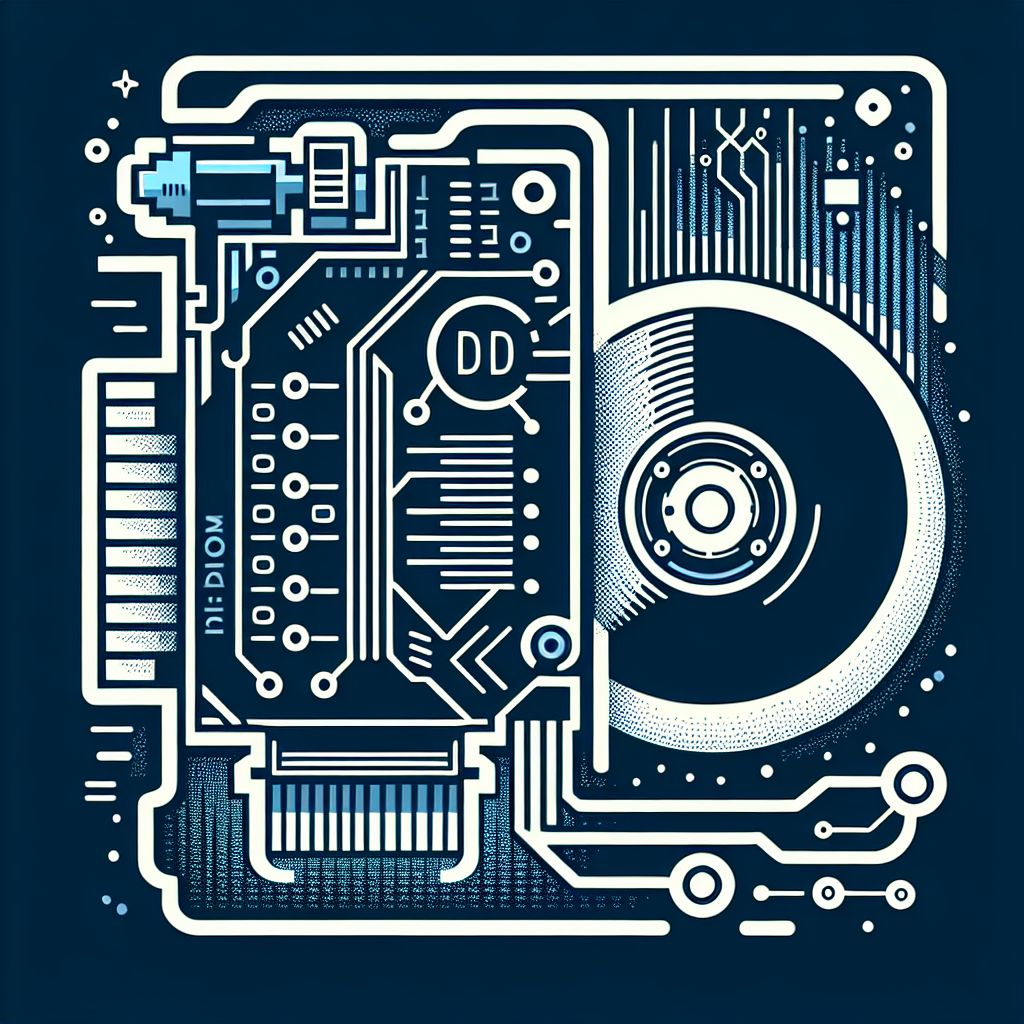Your cart is currently empty!
The Role of PCIe in Modern Computing: How It’s Changing the Game for Data Transfer and Storage

In the world of modern computing, the role of PCIe (Peripheral Component Interconnect Express) is becoming increasingly important. PCIe is a high-speed serial computer expansion bus standard that connects the computer’s hardware components, such as the graphics card, network card, and storage devices, to the motherboard. Over the years, PCIe has evolved to meet the growing demands of data transfer and storage in computing systems, and its capabilities are changing the game for how data is processed and stored.
One of the key advantages of PCIe is its high data transfer speeds. The latest PCIe 4.0 standard, for example, offers a maximum data transfer rate of 16 GT/s (Giga-transfers per second), doubling the speed of the previous PCIe 3.0 standard. This high speed allows for faster communication between the CPU and the various hardware components, resulting in improved overall system performance. For tasks that require large amounts of data to be transferred quickly, such as video editing or gaming, PCIe 4.0 can significantly reduce processing times and improve user experience.
In addition to speed, PCIe also offers increased bandwidth and scalability. The PCIe bus can support multiple lanes, allowing for greater bandwidth and the ability to connect multiple devices to the motherboard simultaneously. This scalability is important for modern computing systems that require high performance and flexibility to handle complex workloads. With PCIe, users can easily add or upgrade hardware components, such as storage devices or network cards, without having to replace the entire system.
One area where PCIe is particularly revolutionizing modern computing is in storage technology. Traditional hard disk drives (HDDs) are being rapidly replaced by solid-state drives (SSDs) due to their superior performance and reliability. PCIe SSDs, which connect directly to the PCIe bus, offer even faster data transfer speeds than traditional SATA-based SSDs. This allows for quicker access to data, faster boot times, and improved overall system responsiveness.
Moreover, PCIe NVMe (Non-Volatile Memory Express) SSDs are taking storage performance to the next level. NVMe is a protocol designed specifically for SSDs to maximize their performance, minimizing latency and maximizing throughput. By utilizing the high-speed PCIe bus, NVMe SSDs can deliver read and write speeds that far exceed those of traditional storage devices. This is especially beneficial for data-intensive applications, such as video editing, gaming, and database processing, where fast access to data is crucial.
Overall, PCIe is changing the game for data transfer and storage in modern computing. Its high data transfer speeds, increased bandwidth, and scalability are revolutionizing how data is processed and stored in computing systems. With the latest PCIe standards and technologies, users can expect faster performance, improved system responsiveness, and enhanced overall computing experience. As technology continues to evolve, PCIe will play a crucial role in shaping the future of computing.

Leave a Reply